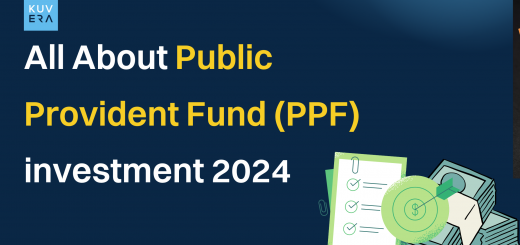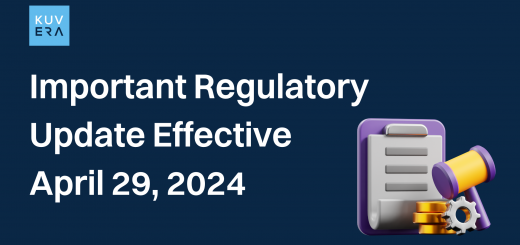The fluctuations in the investments or shares of the company you invest in are called volatility. High fluctuations or volatility is a major reason people stay away from equities; no one wants to invest in funds whose value fluctuates frequently. But the fact is, the higher the stock volatility, the higher the return on investment.
An investor needs to understand that market volatility can also be an advantage. For this, you should define your goals and be comfortable trading when the market volatility is high. It will also help if you focus more on trending stocks. Therefore, you should do proper research on the stocks before investing so that you can take advantage of their volatility as well.
What is Historical Volatility?
It is important to understand historical volatility before making an investment decision. Historical volatility is the record of how much a stock’s prices have fluctuated from their average over a specific period.
The rise of a stock’s historical volatility implies that the stock’s prices are increasing or reducing very quickly. It indicates that something has or is about to change about stock security. Therefore, you should monitor the stocks carefully before investing. If you see the historical volatility reducing, it means things are returning to normal.
What is Implied Volatility?
Implied volatility is different from historical volatility. It utilizes the stock’s price to analyze and calculate what the current market is talking about, along with the future volatility of the option’s underlying stock. In addition, it signals the expected future volatility in an options contract. In this way, implied volatility helps traders and investors determine the option’s pricing.
Implied volatility signifies the chances of any uneven changes in the price of the options. It has a direct association with the expectation of the stock price. If investors anticipate that the stock price will ascend in future, then the implied volatility is expected to rise. On the contrary, if they perceive that the price might fall, then implied volatility will decline.
Market Volatility Calculation
There are various ways to calculate volatility. Here’s a look at some of the best and easiest methods.
- Using Market Volatility Formula
The daily volatility formula is:
Daily Volatility formula = √Variance
Ø Annual volatility formula- Annualized Volatility Formula = √252 * √Variance
To get the correct value, you need to collect the daily stock price and, after that, check the mean of the cost.
- Using Historical Volatility in Excel
To compute volatility in excel, you need to start by determining the timeline for metric calculation. Once you know the time frame, input the closing stock prices for the specific time with the latest prices. Next, you need to calculate the inter-day returns by dividing each price by the closing period of the day before and subtracting one.
You can compute the standard deviation using the formula: "=STDEV.S(C3:C12)."
Let us understand this with the help of an example: Microsoft’s share closed at $250.20 on the first day and at $255.10 on the second day. Thus, the second day’s return will be -5.10, and it implies that the second day’s price was higher than on day one.
What is VIX India?
VIX refers to the Volatility Index, a real-time index created by the Chicago Board Options Exchange (CBOE). It is considered the first benchmark of the market’s volatility expectations. VIX shows the 30-day forward projection, which means you can see implied volatility.
VIX India is based on the NIFTY Index Option Prices, and it ranges from 15 to 35. If the value is around or below 15, it determines low volatility against values higher than 35, which means there are high fluctuations in the market.
How to make Market volatility your friend?
To make volatility your friend, you must first understand the investment plan you wish to place your funds. Next, do thorough research and understand the company’s historical and implied volatility. Then, invest only an amount of money you can afford to lose.
Experts advise that investors analyze market trends and understand the demand and supply functionality well. This will help you know the best time to invest, help you reap more benefits, and reduce risk.
Bottom Line
Thorough research is essential before investing in any plan. To make your investments safe and protect yourself from market volatility, visit Kuvera, your safe place to invest. It is an online wealth management platform that helps users make smart investment decisions.
FAQs
-
Why is stock volatility important?
Volatility in finance or stocks is vital as higher volatility means higher chances of a declining market and vice versa.
-
Is high or low volatility good?
Stocks that maintain a stable price usually have a low volatility rate. Remember, the higher the volatility, the higher the risk factor.
-
How does volatility affect economic growth?
If the volatility is high, companies will have to pay higher rates to raise more funds, leading to fewer hiring and investments.
Interested in how we think about the markets?
Read more: Zen And The Art Of Investing
Watch/hear on YouTube:
Start investing through a platform that brings goal planning and investing to your fingertips. Visit Kuvera.in to discover Direct Plans and Fixed Deposits and start investing today.
#MutualFundSahiHai #KuveraSabseSahiHai!











